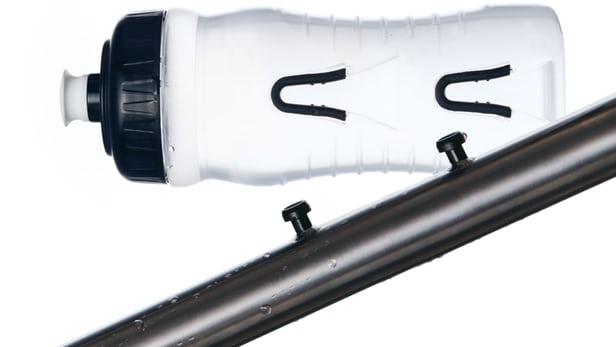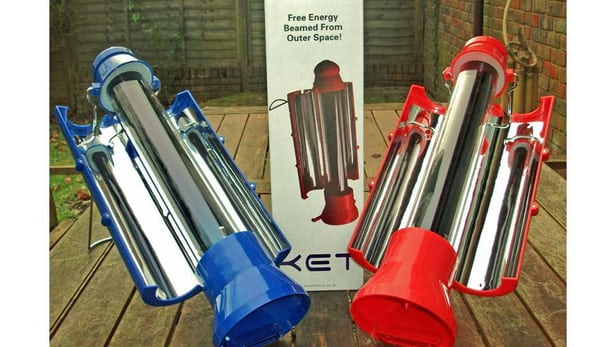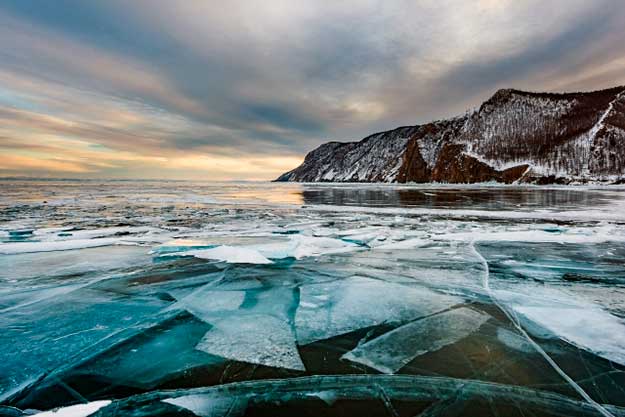 Frozen water has been lurking beneath the rocky surface of the Solar System’s biggest asteroid since its birth billions of years ago.
Frozen water has been lurking beneath the rocky surface of the Solar System’s biggest asteroid since its birth billions of years ago.
NASA’s Dawn spacecraft began orbiting Ceres (pictured), which is also a dwarf planet, in 2015. This allowed a team led by Thomas Prettyman at the Planetary Science Institute in Tucson, Arizona, to measure hydrogen at the asteroid’s surface.
Water inside Ceres chemically alters the surface, leaving a hydrogen imprint there. The highest hydrogen concentrations appeared at mid to high latitudes. Read more




